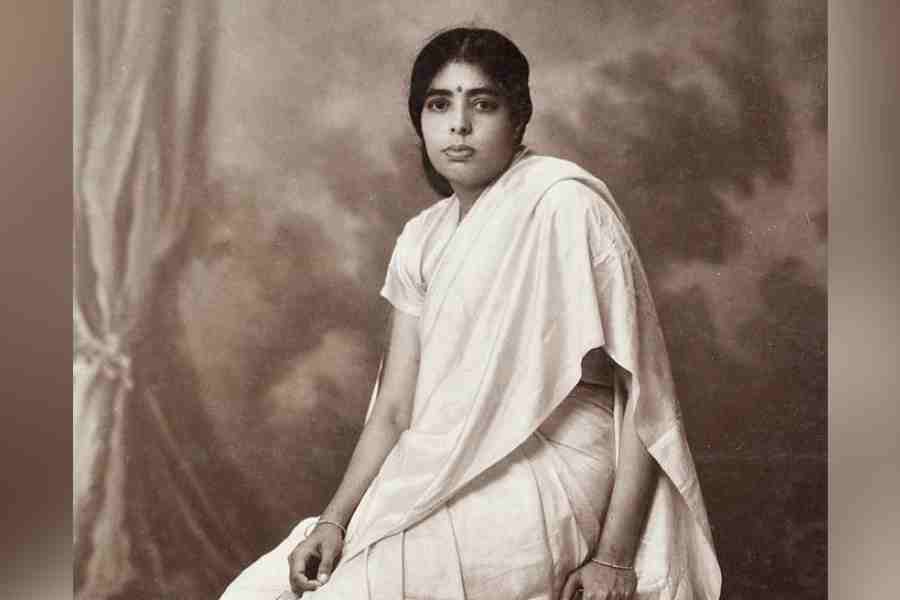This year’s Chelsea Flower Show has celebrated eight “Heroines of Horticulture”, among them the Indian botanist Dr Janaki Ammal, who struggled against the odds and especially male prejudice to make their mark.
Ammal was born in Kerala in 1897, did cutting-edge research at the Royal Horticultural Society (RHS) Wisley in Surrey from 1946-51 after being headhunted by the organisation and was one of the leading botanists of her time.
The RHS, which was founded in 1804 and has been putting on the Chelsea Flower Show for 101 years, felt that women were struggling to get recognition in the higher reaches of the profession so this year its director general, Clare Matterson, decided to do something to correct the inequality that has long existed.
In the Great Pavilion at the Chelsea Flower Show, a poster, “Heroines of Horticulture”, explained: “For centuries, women have nurtured and studied plants. Yet historically, their roles in horticulture — often perceived as a man's world — have rarely been recorded. We have selected just eight women to highlight. Some are relatively well-known, and others may be new to you. All were passionate and knowledgeable about plants and gardens and their achievements deserve to be celebrated.”There were large images of eight women, with a brief write-up on each.
The one on Ammal said: “Plant Scientist. 1897-1984. Edavalath Kakkat Janaki Ammal was the first Indian woman to receive a PhD in botany. She studied plant genetics in the USA and used her expertise to develop sugarcane crops suited to India’s climate. She moved to England and became the first female scientist at Wisley where she studied how to rapidly grow larger plants using colchicine. She returned to India at the request of the Prime Minister (Nehru) to use her knowledge to help increase food production. She became an advocate for the preservation of native plants.”Ammal is included with such legends as Constance Spry, Vita Sackville West, Gertrude Jekyll, Ellen Wilmott, Beth Chatto, Marianne North and Wangari Muta Maathai.
Ammal was given to wearing white cotton saris and chappals even in the snows of Surrey. At RHS Wisley, her photograph is displayed prominently at the “Old Lab”, which opened as a museum in March this year but where science experiments were once carried out by Ammal.
A label by her photograph says: “Dr Janaki Ammal was the first female scientist to be employed at Wisley.”It adds that she examined “the genetic characteristics of cultivated plants. People have been breeding plants to create new improved varieties for centuries, but Dr Janaki Ammal pioneered new ways of manipulating the number of chromosomes to produce new varieties. Some of her plants still grow on Battleston Hill in the Gardens here today”.
Fiona Davison, RHS head of libraries, told The Telegraph during a tour of the Old Lab that Ammal “worked on genetic manipulation and chromosome counting. And she manipulated the number of chromosomes, particularly in magnolias, to create brand-new magnolias with bigger, more robust blooms. Dr Ammal developed a reputation in the 1940s when gene manipulation was really very new. She was a cutting-edge scientist in that regard.” Magnolia Kobus Janaki Ammal is named in her honour.










